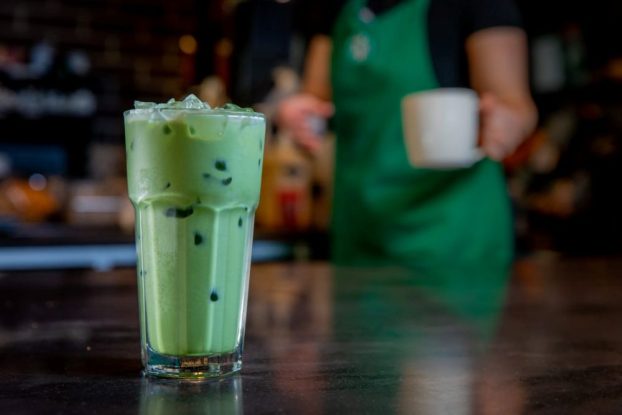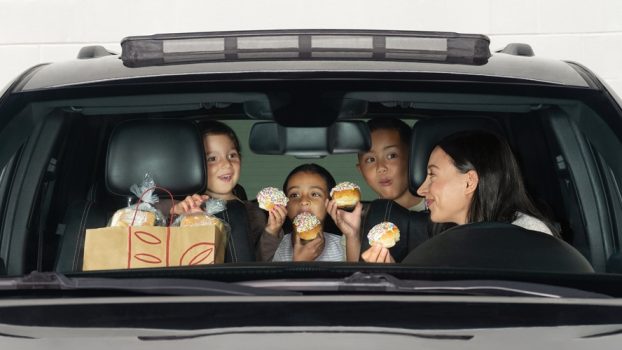The pet care market is thriving thanks to the pandemic, and while the number of new pet owners surely accounts for part of its growth, it isn’t the only force behind the industry’s recent boom.
Market data firm Statista notes there were an estimated 7.7 million pet dogs and 8.1 million pet cats in Canada as of last year. And according to Mintel, another research firm, a quarter of the country’s dog owners either purchased or adopted their current pet or an additional dog since the pandemic began – with a similar pattern identified with respect to cat ownership. This rapid influx of new owners into the market sent many pet care essentials – from beds and crates to collars and training treats – flying off shelves.
But stay-at-home measures restricting people’s interaction with non-furry companions has also deepened owners’ bond with their pets, giving them motivation to spend more on them, notes Mintel’s January 2021 pet retail research report. “The lockdowns during the initial months of the COVID-19 pandemic in Canada saw millions of Canadians spending plenty of time at home, with pet owners likely experiencing a greater appreciation for the happiness their pets bring to their lives, consequently spoiling them,” it says.
 Sales at Vancouver’s Tuft + Paw tripled shortly after the crisis began, followed by a period of slow and steady growth, says Jackson Cunningham, founder of the premium cat products and accessories brand. The DTC company’s products run from US$149 for the best-selling Cove litter box (pictured right) to more luxurious items like the Milo jungle gym, priced at US$1,000 (and currently out of stock).
Sales at Vancouver’s Tuft + Paw tripled shortly after the crisis began, followed by a period of slow and steady growth, says Jackson Cunningham, founder of the premium cat products and accessories brand. The DTC company’s products run from US$149 for the best-selling Cove litter box (pictured right) to more luxurious items like the Milo jungle gym, priced at US$1,000 (and currently out of stock).
“We’ve always been willing to spend on our cats – but the market has been crowded with products that do very little for our pets,” Cunningham says. “We’re part of a shift in how products are being designed and that additional attention to detail creates a higher quality, but also higher value, product.”
On the retail side, Ren’s Pets’ Larissa Wasyliw has noticed a similar trend. “It’s because [people have] spent so much time with their pets over the last 12 or 18 months, they really treat them as part of the family,” says the VP of ecommerce and marketing at the pet specialty retailer.
Ren’s, like other retailers, had to shift to an ecomm-first approach during mandated store closures across Ontario and the Atlantic provinces – where it currently has 33 bricks-and-mortar locations and is adding another seven this year, including a smaller urban concept in Toronto’s Liberty Village.
Anticipating online-buying trends would continue, in November Ren’s revamped its website, adding new functionality and enhancing its auto-ship service to give customers more flexibility when having their pet food and supplies delivered to their homes automatically, through add-on and pause and cancel order functions. Since then, auto-ship membership has roughly quadrupled.
Amid industry-wide product shortages and backorders, many customers are worried about getting the pet food brand and flavour they need, and they are finding ways, such as auto-replenishment, to mitigate those concerns, Wasyliw says. More often than not, those customers are also looking for premium-grade fare, she adds.
Already in Canada, Statista data suggests the average annual cost of caring for a dog amounts to $3,500 – with the average owner spending more than $1,000 per year on food expenses alone. (Cats are significantly less expensive, costing roughly $2,200 annually, $500 of which is on food). And according to Wasyliw, “One of the biggest overall trends we’re seeing as an industry is people wanting to feed their pets premium food and feed them really well.”
 One segment, in particular, has experienced strong growth: raw pet food, or uncooked food products that promise more natural ingredients, fewer additives and a range of health benefits. With demand growing steadily for brands like Big Country Raw, Stella & Chewy’s and Instinct, Ren’s has retrofitted its stores with large freezer aisles to accommodate a widening selection of products.
One segment, in particular, has experienced strong growth: raw pet food, or uncooked food products that promise more natural ingredients, fewer additives and a range of health benefits. With demand growing steadily for brands like Big Country Raw, Stella & Chewy’s and Instinct, Ren’s has retrofitted its stores with large freezer aisles to accommodate a widening selection of products.
“Right now, it’s just mostly smaller, independent pet stores that carry [these brands], so we think it’s a real differentiator for us to make that investment,” Wasyliw says. And in June, when Ren’s launches same-day delivery through DoorDash, customers will be offered more of those products shipped to their door.
Consumers’ pet-spoiling habits aren’t only reshaping food. Wasyliw has also noticed a spike in “Instagram-worthy toys,” such as a new line of brunch-themed items (including Caesar glasses, avocado toast and breakfast sandwiches), as pet parents create social media accounts for their furry children and want eye-catching accessories to go with them. Brands like Canada Pooch and Pet Posse, offering tutu dresses, tuxedos, bandanas and scarves, are also doing very well, she says. Finally, during closures, many people took grooming into their own hands, creating demand for clippers, blades, shampoos and other related products.
 However, as trendy as it is, only a portion of the market is willing to spend extra cash on their pets, notes Andrew Zmijak, a research analyst and author of Mintel’s pet retail report. Consumers’ whose jobs have not been negatively impacted by the pandemic are currently more receptive to brand messaging focused on pampering and the bond between pet and owner, he says.
However, as trendy as it is, only a portion of the market is willing to spend extra cash on their pets, notes Andrew Zmijak, a research analyst and author of Mintel’s pet retail report. Consumers’ whose jobs have not been negatively impacted by the pandemic are currently more receptive to brand messaging focused on pampering and the bond between pet and owner, he says.
But there’s another subset of the population – those who find themselves in a more precarious financial situation than before – who will be spending less or the same in the coming year, according to Zmijak.
Thirty-one percent of owners have reduced their spending on pet supplies as a result of the COVID-19 pandemic, and this trend is most prevalent among younger consumers (47% of those aged 18-34, versus 30% of those 35-54 and 14% of those over-55), as well as men aged 18 to 34 (57% vs 36% of women the same age).
“While value will be important to this group, they are likely going to cut back their spending on non-essentials in the category such as pet clothing. Bulk sized value offerings (e.g. extra large pet food bags/packages) will also attract this group,” he wrote in an email to strategy.
Zmijak adds that loyalty programs should work well with both pet spoilers and more conservative spenders and that brands should consider reaching them through special sign-up offers and bulk-purchase deals. “Those doing well [or] ok are likely spending more on their pets and will appreciate the benefits of rewards.”
Over the next several years, Mintel predicts the category will see slow but steady growth as consumer confidence returns and those accustomed to spoiling their pets continue to do so.
























